Subscribe nowto our newsletter !
Subscribe to our newsletter and follow our content closely.
Receive news based on what has to do with you.
Receive news based on what has to do with you.
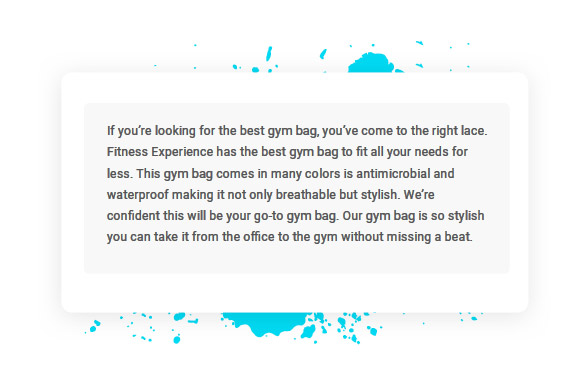
The use of keywords in this copy is excessive and makes it hard to read. It also goes overboard with the amount used which isn’t recommended by SEO best practices for keyword density.
Violating the guidelines of any directory can have a serious effect on your visibility. For instance, if you are using an invalid address, have multiple listings, or keyword stuffing then your business will not show up often, if at all.
Google uses three factors to determine local results: relevance, distance, and prominence. Google algorithms might decide that a business that is farther away from your location has more chance of finding what consumers are looking for than one closer-by because they consider the distance as an index in ranking local search results higher than others.
Relevance:
Relevance refers to how well a local Business Profile matches what someone is searching for. Businesses with complete and detailed information on their Google profile will be more competitive in the eyes of potential customers.
Distance:
Distance is an important factor in determining search results so this is an important step. If you don’t specify your location, Google will calculate it based on what information they have about where you are located.
Prominence:
When you want your business to be more visible on the web, it’s important that Google can find and index all of your content. This includes articles, links, reviews, and listings. With so many different ways for customers to sift through reviews before deciding a business best suited for their needs; having positive reviews means better rankings in local searches which leads directly back towards increased visibility offline too.
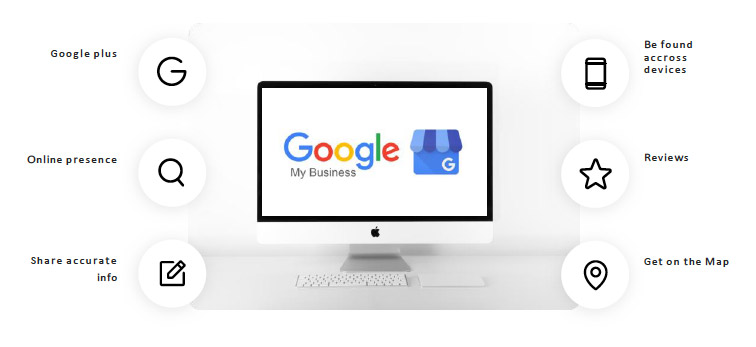
Your Google business listing is a free way to get your business found in more local searches, rank higher than competitors, and have customers choose you over other businesses. The details of your business are important to customers, so don’t leave them guessing. Fill out every section of the Google Business Profile and you’ll help improve both rankings in local search results as well as how many people take action when they find it online. To stay at the top of results this needs optimization & upkeep just like your website to continue performing. Here are 10 ways to optimize your Google Business Profile (GMB) listing.
If you want to boost your business in the local search, one of the best ways is through customer reviews. Google reviews makes it easy for people who have visited and used a product or service at your business to write a review. Simply open up google maps on either iphone/android type “customer rated [location name]” into the search bar then select write review from the top menu when the pop-up appears under each result page telling them they can give feedback such as how good an experience was.
Sending out customer satisfaction surveys is a great way to get feedback and shed light on areas where you’re performing well, as well as those that might need improvement. Surveys can also prompt customers to write reviews.
Meeting your customers where they already are, their mobile phones, is not only good practice but it will help you rank higher on Google. Both search engines and the people who use mobile devices to search for local businesses favor sites that have been optimized.
53 percent of local searchers visit a business within 48 hours
Technology has changed the way we do many things, and that includes browsing for businesses. People want answers as soon as possible when visiting a website on mobile -especially if they’re looking to learn more about your company or are looking for products to purchase. Your site needs not only to look good but also to operate efficiently, and should be easy to navigate. If you fail to deliver, they can very easily go to a competitor that does. Here are some more reasons to consider optimizing your website.
Google’s algorithm for ranking Business Profiles does not just consider proximity and relevance but also activity. Optimizing your Google Business Profile sends these signals to google so you can rank higher in local results, which means more visibility with people who are actively searching for your business. Not only will your profile help drive traffic and conversions, but potential customers will appreciate accuracy.
Consistently updating your business profile with all available information such as your address, location hours, and directions will help potential customers get to you quicker. Regular updates also ensure that anyone is looking for an accurate answer about anything related to your business.
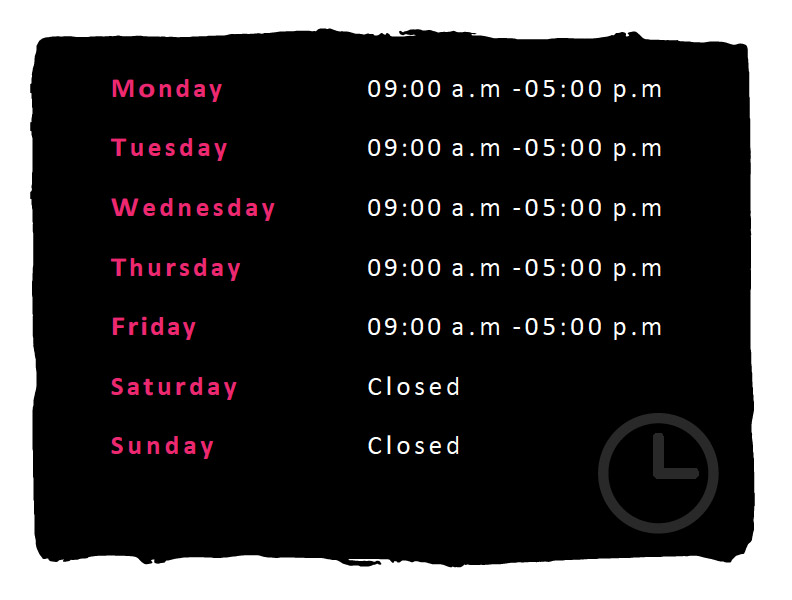
(which also includes and matches the data on your site and on your Google Business Profile (GMB)) Schema Markup is code that you can use on your website to help search engines return more informative results for users. In terms of ranking higher on local and near me searches, you can use schema markup for your hours of operation, business address, and contact information.
The content on your website gets indexed and returned in search results. However, with schema markup, some of that content will be Indexed differently for a more relevant result. When you add schema to your data, it makes the content on-site and in search engine results more relevant. It also helps optimize a site for local SEO by matching what’s being shown with your Google Business Profile which can lead to quick answers at or near the top of SERP. With accurate structure matched up correctly against these listings, Google has an easier time scanning through all information available about businesses online -making them more likely to see your business among their shortlist.
Schema.org explains it this way:
Most webmasters are familiar with HTML tags on their pages. Usually, HTML tags tell the browser how to display the information included in the tag. For example, <h1>Avatar</h1> tells the browser to display the text string “Avatar” in a heading 1 format. However, the HTML tag doesn’t give any information about what that text string means — “Avatar” could refer to the hugely successful 3D movie, or it could refer to a type of profile picture—and this can make it more difficult for search engines to intelligently display relevant content to a user. The most common types of schema markup are listed on Schema.org, and it’s easy to understand how these work because they’re broken down into categories like entity tags or author terms. Here are some steps to take to add schema to your website and Google Business Profile.
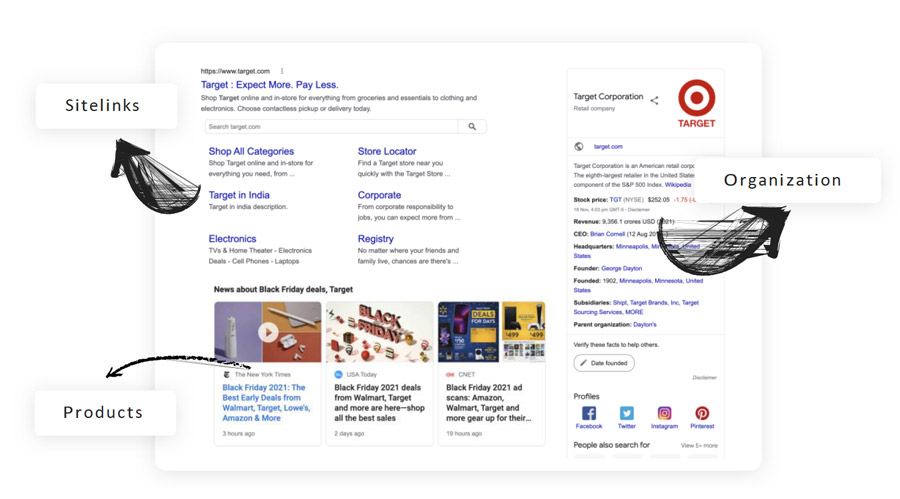
82% of consumers read online reviews for local businesses so it’s no surprise that one of the best ways to optimize for local and ‘near me’ searches is by acquiring reviews, which will help you convert consumers into customers. You can encourage your customers to leave reviews but don’t stop there – when you take the time to respond to reviews, your business is going to improve its Local SEO. That means you have a higher chance of showing up in the local pack results: the first three businesses that show up in Google search queries. That means more customers and ultimately, more revenue.
Heatmaps are data visualization tools that measure user behavior on a scale from red to blue, with the warmest color indicating high levels of engagement and coolest representing those areas with low engagement.
These visualizations give website owners an understanding of how well their page is performing as well as a clear picture of customers’ relationships they have towards your business. Local search engine optimization is all about being where your customers are. This involves optimizing website content and appearance to rank higher on local results rather than general SEO, which centers around changing algorithms that can be hard for businesses to keep up with or study closely. A heat map helps because it shows how popular each keyword search term was at certain times throughout the day.
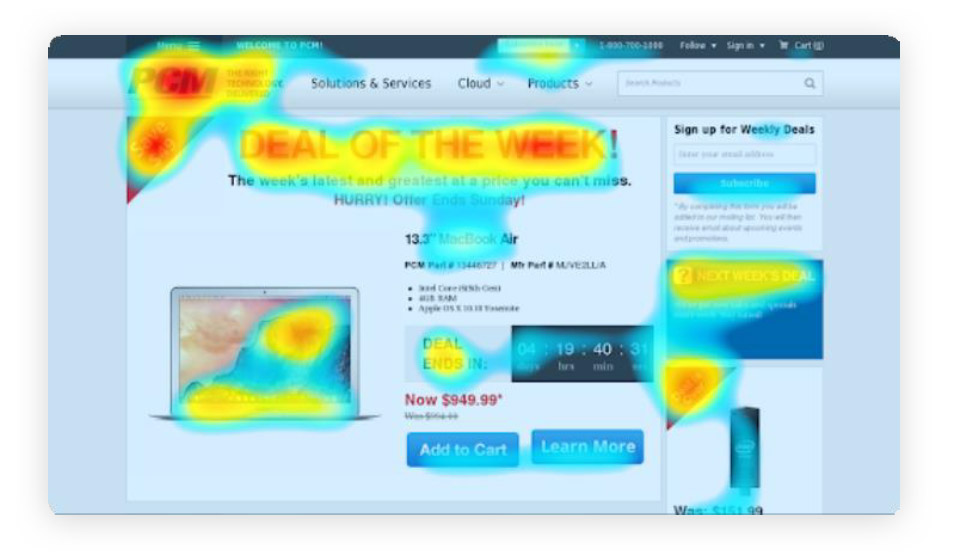
Why are heatmaps important for local SEO? Heatmaps are a great way to get actionable insights from your users and an in-depth analysis of their browsing patterns. This can help you improve website navigation, and content strategy for certain pages or areas on the site that might need updating more often than others based on data collected via heat mapping tools such as Google Analytics Integrations – it will also show where people aren’t clicking through with links which could lead them away from your site entirely.
The best way to get your business ranked higher in local searches is by making sure that it’s located in the right places. Google Business Profile may be a great starting point, but don’t forget about searching “near me” terms and reviewing sites like Yelp or Yellow pages which could give you some more exposure on top of what GMB provides. As discussed earlier, Google scans all your listings when searching for information about your business. Inaccurate information in NAP citations can lead to confusion for customers and a poor user experience so consistency and accuracy go a long way. The top review sites are:
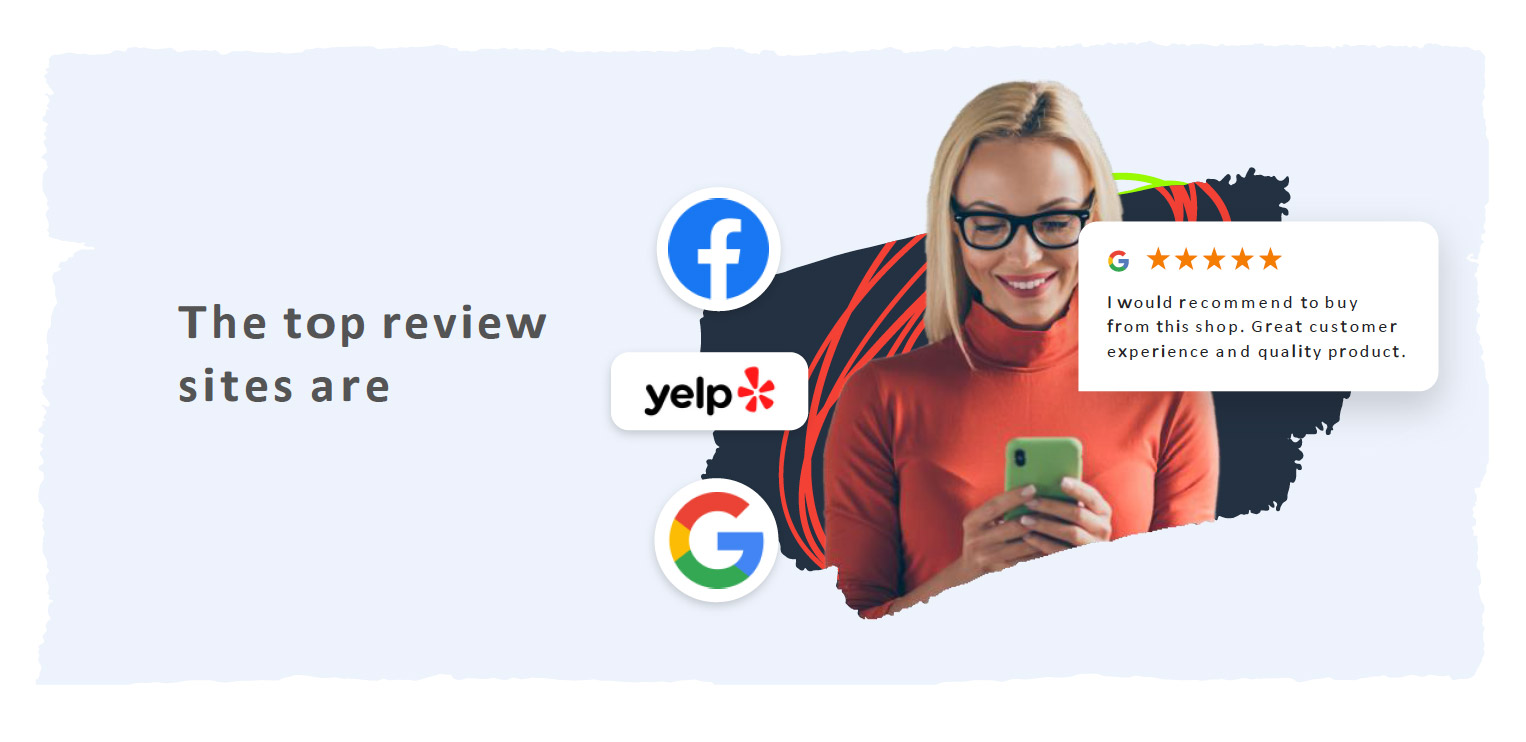
You’ve done everything to promote your business, but still, your customers are the best marketers. Why? People have a higher affinity for following advice from other customers and their voices are social proof which helps increase conversion rates by building trust. Photos, reviews, videos, questions, answers, and general comments are all examples of (UGC) which can give search crawlers more information to determine what your pages are about and how relevant they are to a searcher’s query. Here are some reasons why user-generated content (UGC) boosts your SEO.
When you think about customers searching for your business, the image that probably pops into mind is them typing in an inquiry on their smartphone or computer. But voice search has become a new “typing” and if you are not optimized to capture these customers with devices such as Alexa and Siri then it could be time to update how people find what they need. Here are some common popular voice search devices and the search engine associated with them.
Voice search is a trend that’s here to stay. In fact, 27% of the global online population is using voice search on mobile. With customers now turning to their phones before making purchases, it’s essential that you appear in local searches so they can find you.
Unlike traditional keyword searches, voice search has an extra level of natural language when starting up conversations about products or services which means those words and phrases need to be optimized. We’ll take our pizza example from earlier. A voice search might start such as this:

Customers are also asking about store hours, directions, and even specific products and menu items.
Broken links on your website can not only ruin a customer’s experience but also lower ranking in local and near me searches. Google uses links to rank a website. When they find these connections, the chance for your business to rank increases. However, once those pages 404 or stop working altogether -the link signals will never reach Google again which means even worse things could happen in terms of where your business ranks compared with others who still have active content on their sites linking back at them.
We help businesses grow through happy customers. Many businesses use Conti Marketing every day to attract new leads with Listings, Reviews, and Referrals, convert them into customers with Webchat and Appointments, and delight those customers with Surveys, Ticketing, and Insights – all in one place.
Send us an email at gconti@conti-marketing.com, call us at 1-313-247-2541